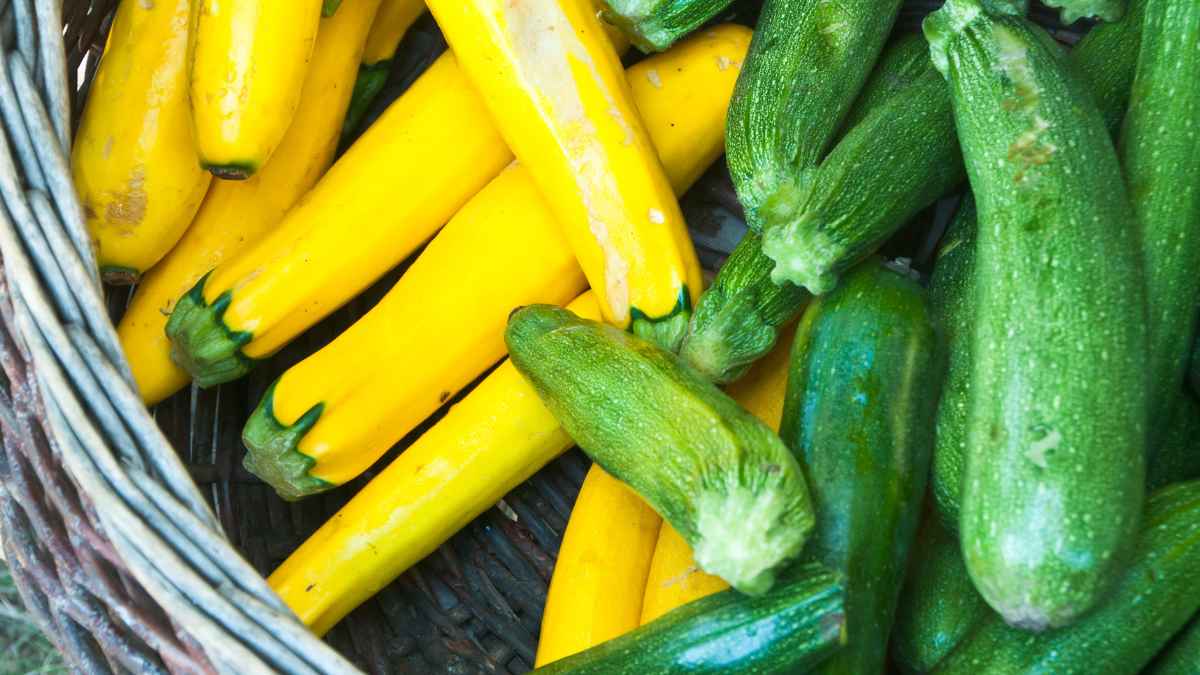
Summer squash is a versatile and prolific vegetable that can thrive in various garden settings. Whether you prefer zucchini, yellow squash, or pattypan, summer squash is relatively easy to grow and provides a bountiful harvest. Here’s a comprehensive guide to help you grow summer squash successfully.
Summer squash is a gardener’s favorite because it matures quickly, often producing its first fruits in as little as 50 days from planting. It’s also incredibly versatile in the kitchen, perfect for grilling, sautéing, baking, or eating raw.
There are several types of summer squash to choose from:
Zucchini: This popular variety comes in green and yellow, and it’s known for its mild flavor and versatility.
Yellow Squash: Also known as crookneck or straight neck squash, it has a slightly sweet flavor and tender skin.
Pattypan Squash: These small, round, scallop-edged squash are great for stuffing and roasting.
Choose a variety based on your culinary preferences and the space available in your garden.
Timing: Summer squash thrives in warm weather and should be planted after the last frost when the soil temperature reaches at least 60°F (16°C). In most areas, this means late spring.
Location: Choose a sunny spot in your garden that receives at least 6-8 hours of direct sunlight daily. Squash plants need plenty of room to grow, so ensure you have enough space to accommodate their spreading vines.
Soil Preparation: Summer squash prefers well-draining soil rich in organic matter. Aim for a pH level between 6.0 and 6.8. Incorporate compost or well-rotted manure into the soil to enhance fertility and drainage. Consider planting in raised beds with heavy clay soil to improve drainage.
Watering and Mulching: Keep the soil consistently moist but not waterlogged. Water the plants deeply at the base, avoiding overhead watering to reduce the risk of fungal diseases. Apply a layer of organic mulch, such as straw or compost, around the plants to retain soil moisture, regulate temperature, and suppress weeds.
Fertilizing: Summer squash is a heavy feeder and benefits from regular fertilization. At planting time, mix a balanced fertilizer into the soil. Once the plants begin to flower, side-dress with a high-phosphorus fertilizer to encourage fruiting.
Harvesting: Harvest summer squash when young and tender for the best flavor. Zucchini and yellow squash are typically ready when 6-8 inches long, while pattypan squash can be picked when they are 2-3 inches in diameter. Use a sharp knife or pruning shears to cut the squash from the vine, being careful not to damage the plant.
Storing and Using Your Harvest: Freshly harvested summer squash can be stored in the refrigerator for up to a week. They are incredibly versatile and can be used in various dishes, from stir-fries and casseroles to salads and baked goods.
Visit our blog for more tasty recipes and gardening tidbits!




